The eight Queenslanders who showed courage, strength in war
These eight Queenslanders showed courage, strength and fortitude at a time when Australia faced great peril in war, and we pay tribute to them today. READ THEIR STORIES
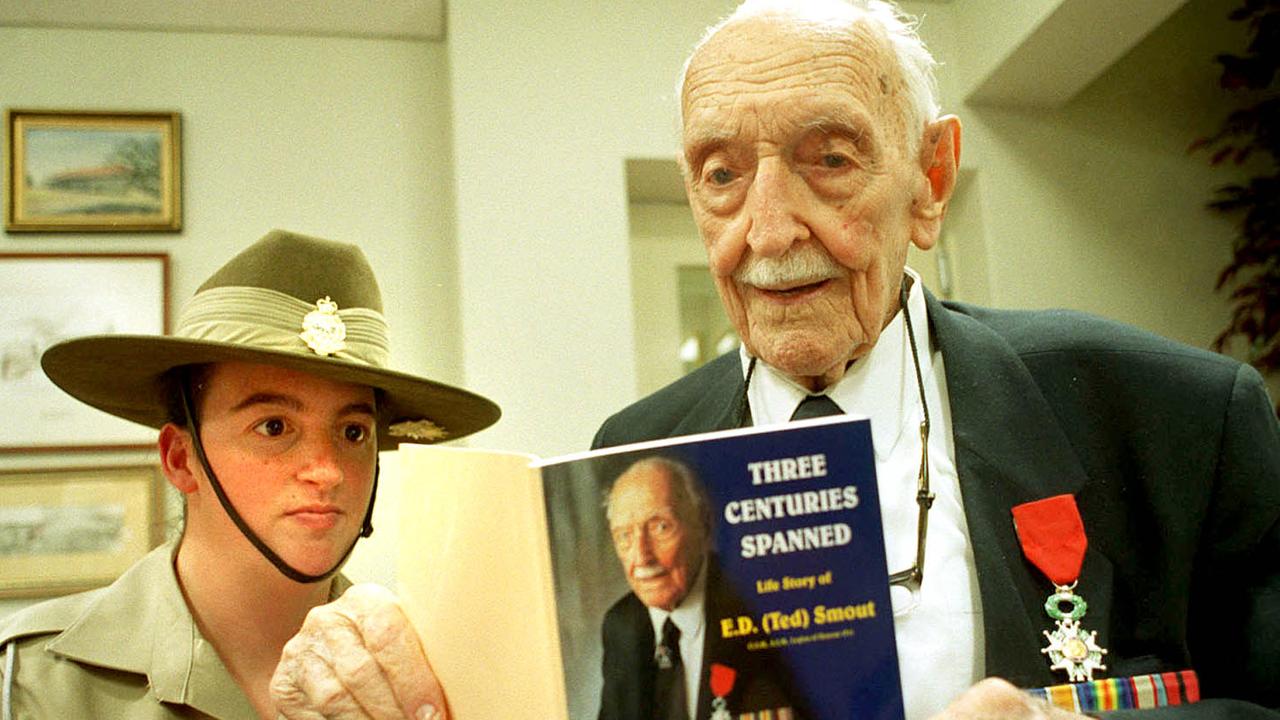
QLD News
Don't miss out on the headlines from QLD News. Followed categories will be added to My News.
Courage comes in many forms, and while a medal can be used to certify an act of valour, there are numerous other ways individuals display bravery in war.
This Anzac Day, The Courier-Mail honours eight Queenslanders whose earthly lives have ended, but whose courage during World War I lives on.
They include men like Billy Sing, who honed his shooting skills hunting kangaroos around the Queensland town of Clermont before becoming the most celebrated and successful sniper on the Gallipoli Peninsula.
Billy’s Chinese ancestry could have precluded his acceptance into the Australian military in the years when the White Australia policy was both politically and culturally entrenched.
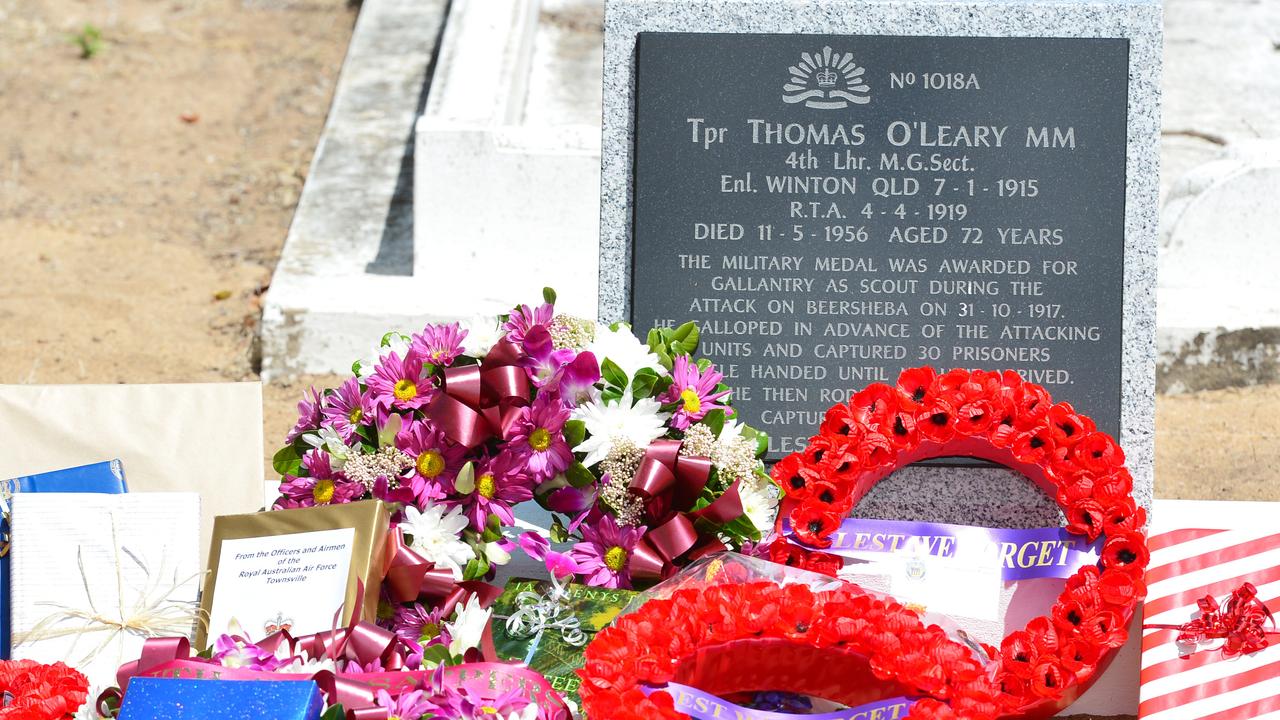
But he got past the recruitment office and remains one of the great heroes of Gallipoli.
Trooper Thomas O’Leary, a stockman born in Maryborough, was of Irish ancestry and could sometimes display a lack of civility when dealing with English officers.
But his courage was never lacking, especially at the Battle of Beersheba in late 1917 when he raced ahead of his comrades and captured 30 Ottoman Turkish soldiers.
Then there is Eleanor Bourne, born in South Brisbane in 1878, who was the first Queensland woman to study medicine.
When told she could not be a military doctor because of her gender, Eleanor travelled to England at her own expense to enlist in the Royal Army Medical Corps in England in 1916.
These Queenslanders showed courage, strength and fortitude at a time when Australia faced great peril, and we pay tribute to them today.
Roy Colvin was born at Duaringa in the Central Highlands just over 100km west of Rockhampton and was the first man to enlist in Rockhampton in 1914.
Roy left Australia with the 9th Battalion and landed at Gallipoli before moving on to the battlefields of France.
There, he was decorated for bravery for keeping lines of communication open in Pozieres where, over 42 days, Australian soldiers made as many as 19 attacks against German positions.
Roy was mentioned in dispatches five times and was the first Queenslander to receive the Military Cross
But the impact of war took its toll on Roy and he suffered a physical decline in the post-war years.
The 31-year-old Lieutenant died in the Corinda Military Hospital, Brisbane, in March 1925.
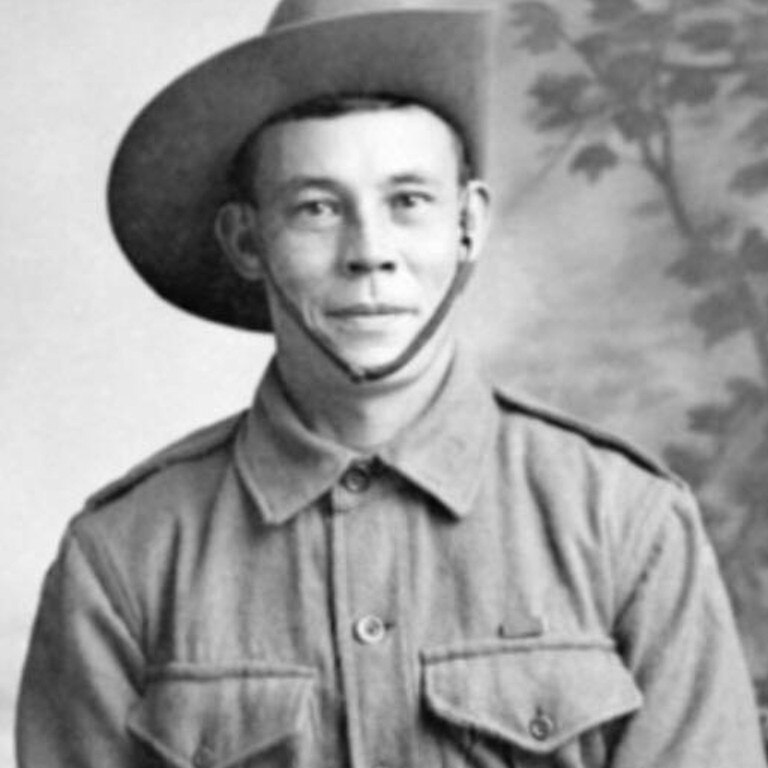
Billy Sing honed his sniper skills while shooting kangaroos around Clermont 270 km south west of Mackay.
He hauled timber, cut sugar cane, worked as a stockman and became a regular at Proserpine Gun Club north of Mackay where he won several prizes.
On 24 October 1914, two months after the outbreak of war, Billy enlisted in the Australian 5th Light Horse Regiment, the recruitment officer apparently ignoring the fact that he was of Chinese descent which would normally have prevented him from acceptance into Australian military service.
Entering the war at Gallipoli, and armed with a Lee-Enfield .303 rifle, Billy became the most celebrated sniper on the peninsula with somewhere between 201 and 300 “kills’’ attributed to him.
Billy was awarded the Distinguished Conduct Medal in March 1916 for conspicuous gallantry from May to September 1915.
He then moved on to the Western Front, where he was also recognised for bravery and awarded the Belgian Croix de Guerre.
Billy died at the age of 57 at a boarding house in Brisbane’s West End in May 1943.
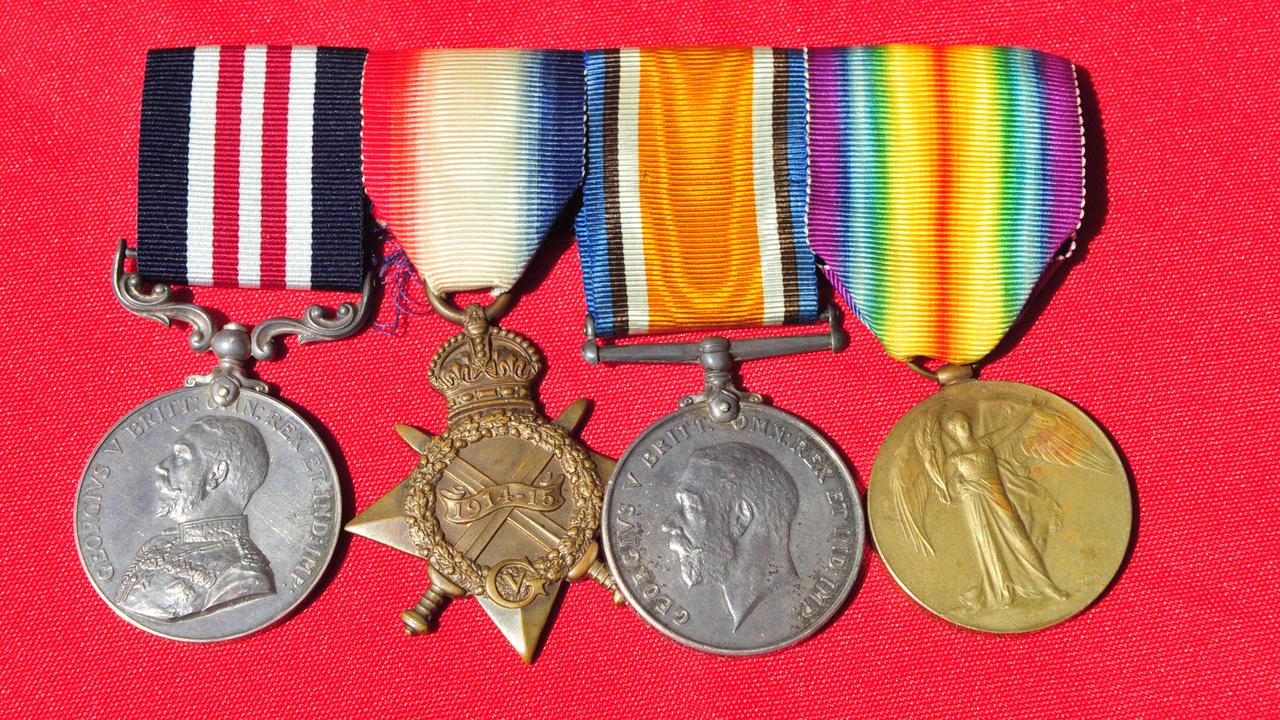
Trooper Thomas O’Leary was born in Maryborough and worked as a stockman at Mount Perry in the North Burnett before enlisting in the military at age 32.
Thomas was posted to the 11th Light Horse Regiment, 4th Reinforcement and left Brisbane in September 1915.
His first years in the military were marked by disciplinary issues, including swearing at superior officers.
But Trooper O’Leary distinguished himself at the Battle of Beersheba in late 1917, racing ahead of his unit into Beersheba to capture 30 Ottoman Turkish soldiers single-handedly, and then helping out in the capture of a field gun.
He was awarded the Military Medal for these actions and returned to Australia in 1919 where, in later years, he lived alone in a modest house at the edge of Townsville.
He died in 1956 at the age of 72.
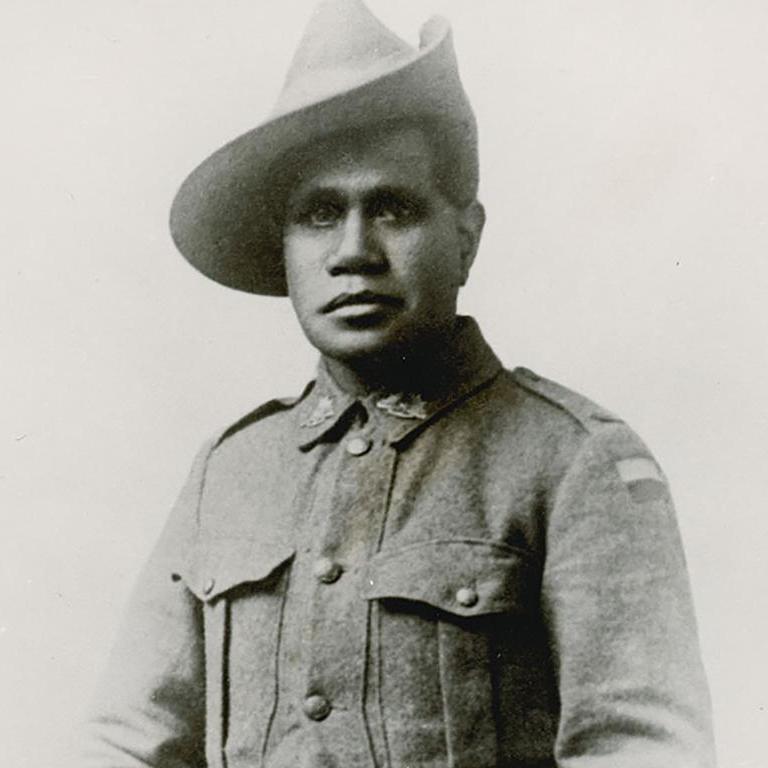
Douglas Grant, one of the Ngadjonji people of far North Queensland, was born around 1885 on the Atherton Tableland.
His parents were killed in frontier conflict and he was adopted by Scottish scientist Robert Grant and his wife Elizabeth and spent his childhood in Sydney.
Douglas joined the military in January 1916 and was sent to the French front lines where in April 1917 he was wounded and captured at Bullencourt, ending up a captive of the Germans at a prison camp in Zossen.
Admired for his honesty and quick thinking, Douglas played a key role in keeping up the spirits of prisoners after being given the responsibility of distributing Red Cross parcels.
He also recorded valuable details about Australian prisoners and where they were held which comforted relatives back home.
Douglas died at the age of around 66 in 1951 at the war veterans home in La Perouse Sydney.
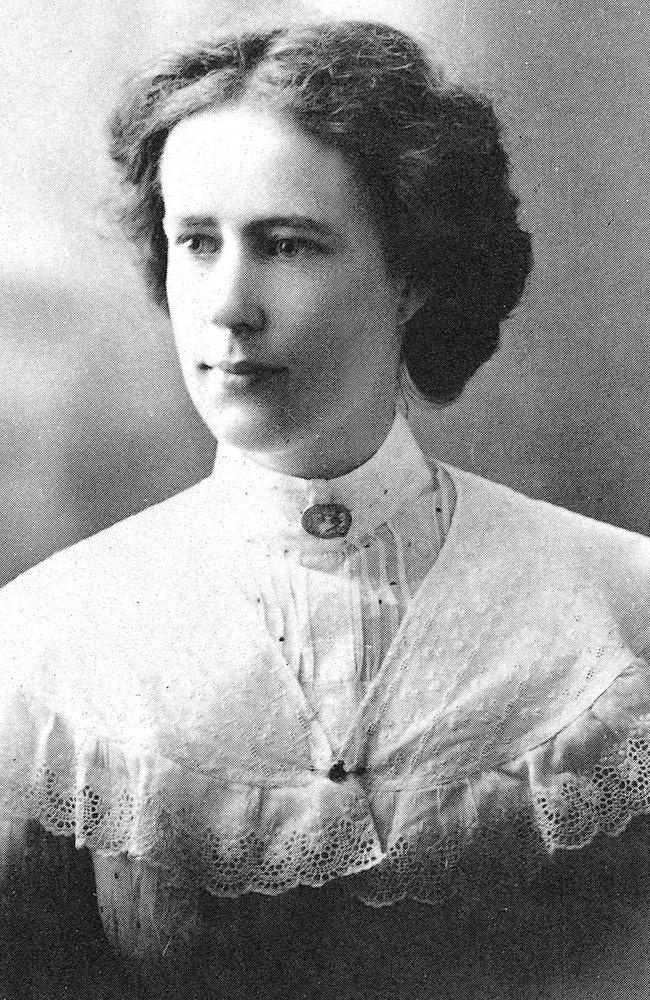
Eleanor Bourne was born in South Brisbane in December 1878 and topped the state in the scholarship examination of 1891.
She became the first Queensland woman to study medicine and was one of only 15 female doctors in Australia who volunteered during World War I.
The Australian Army did not permit female doctors so Eleanor left Australia and enlisted in the Royal Army Medical Corps in England in 1916.
Eleanor worked throughout the war at the Endell Street Military Hospital as a Lieutenant
Promoted to Major in 1917, she was appointed Medical Controller, Northern Command until the end of the War.
Eleanor died in May 1957 in Nundah Private Hospital and is buried in South Brisbane cemetery.
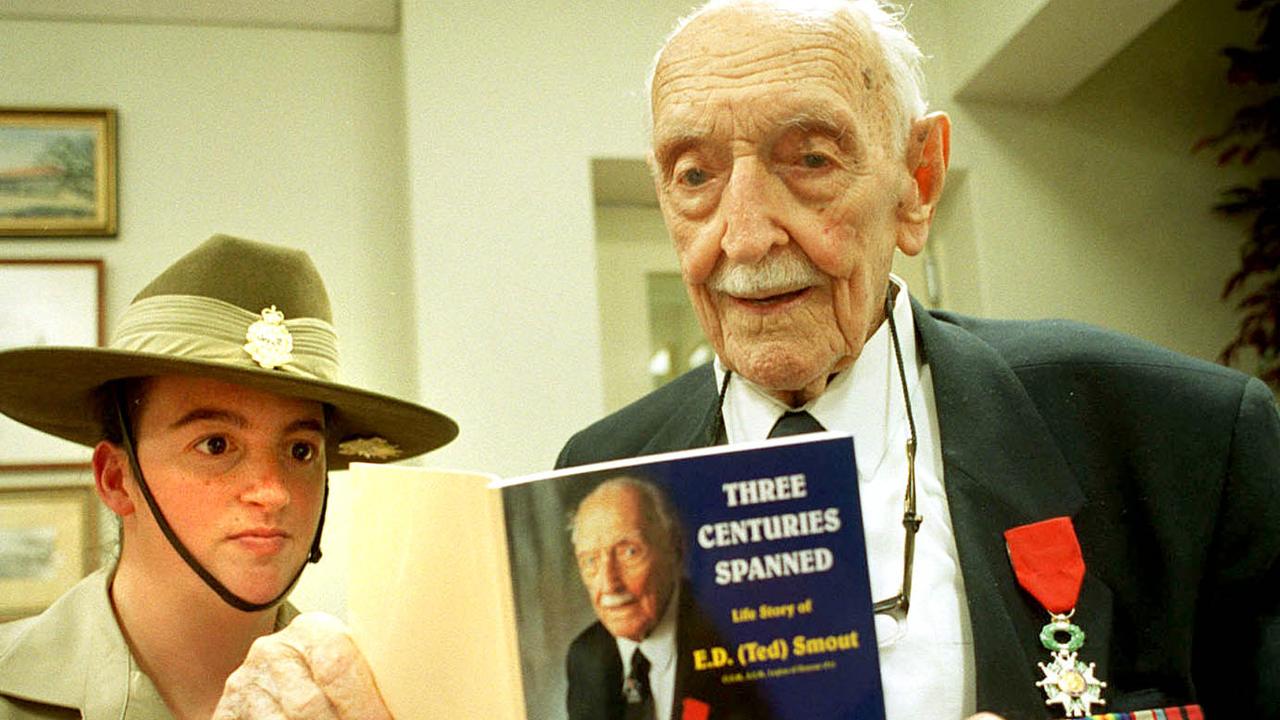
Edward David Smout, OAM, known to most as Ted, was born in Brisbane in 1898 and joined the Medical Corps in September 1915, serving as a stretcher bearer.
In April of 1918 near the Somme River he saw the final moments of the life of the German flying ace known as the “Red Baron’’ after the German’s airman’s plane was shot down.
Ted was awarded France’s highest honour as a Knight of the Legion d’Honneur as well as the British War Medal and Victory Medal for his war service
In 1998 he also received a Medal of the Order of Australia for services to the community.
Ted regularly participated in Anzac Day marches and lived long enough to become a nationally celebrated war veteran as one of the last surviving World War 1 veterans.
Ted died at the age of 106 in June 2004 at Sandgate and is buried in Redcliffe Cemetery.
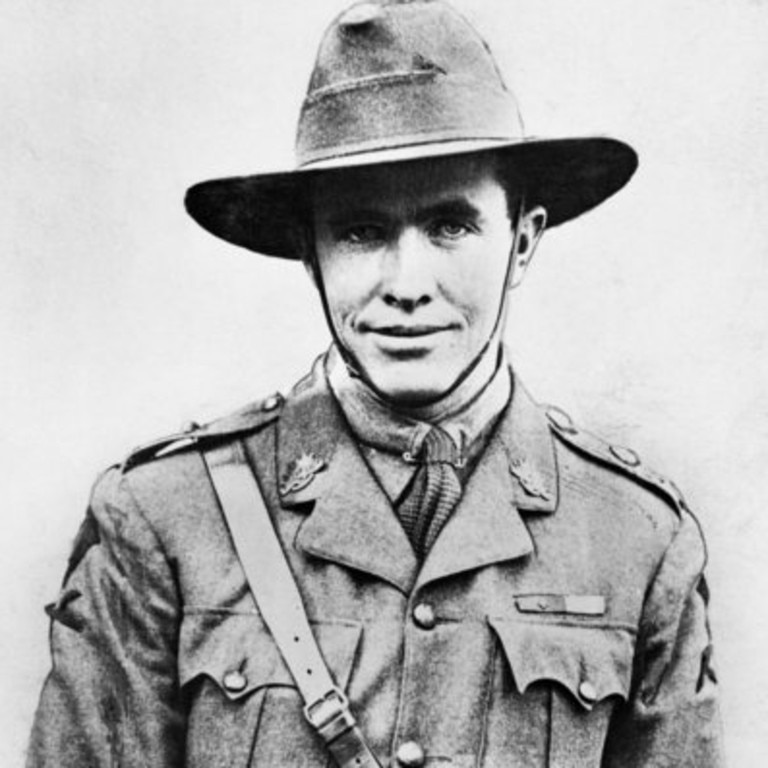
Edgar Towner was born in April 1890, at Glencoe Station near Blackall Queensland into a grazing family.
In January of 1915 he enlisted in the Australian Imperial Force and was assigned to the transport section of the 25th Battalion as a private
In July of 1916 his battalion took part on the Somme offensive and in 1917 Edgar’s service with the transport department was Mentioned in Dispatches by Field Marshall Sir Douglas Haig.
Edgar then won the military’s highest honour, the Military Cross, for his actions in June of 1918 when he was in command of a machinegun section during an attack near Morlancourt.
Edgar died in August of 1972 at the Longreach Base Hospital at the age of 82.
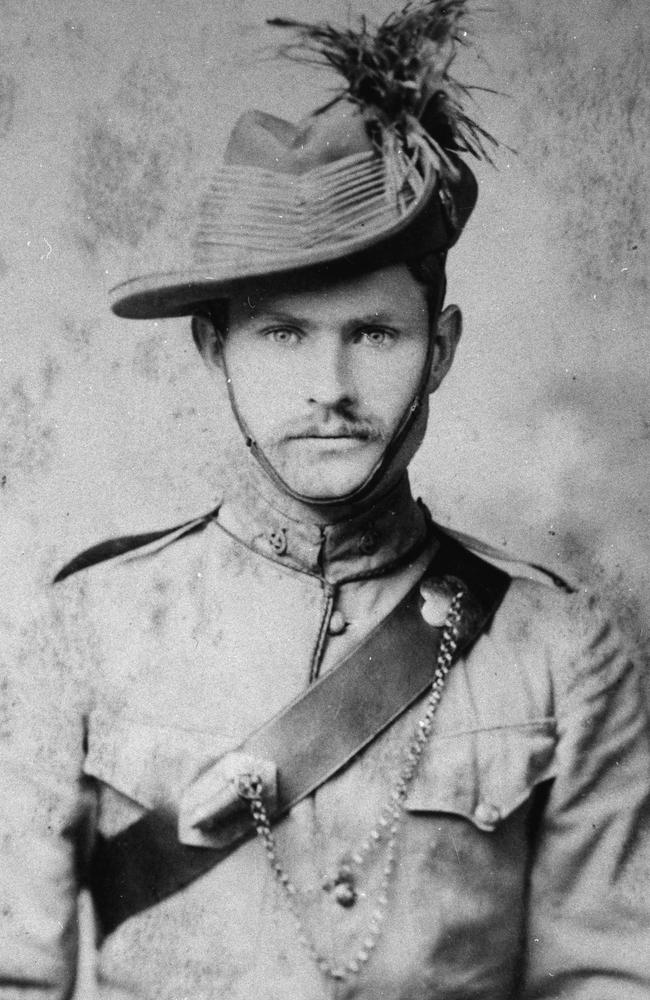
Thomas William Glasgow was born in June 1876 at Tiaro near Maryborough and educated at One Mile State School in Gympie.
He volunteered for service in South Africa, took part in the fighting on the Modder river in the Boer War and was mentioned in Dispatches.
When World War I broke out in 1914, he volunteered and was appointed second in command of the 2nd Light Horse Regiment.
At Gallipoli, Thomas led an attack on Dead Man’s Ridge which was initially successful.
But, because of a strong counter-attack, he led a retreat in which he carried a wounded Australian back to safety.
Of the 200 men involved in the operation, 60 were killed and 94 wounded.
Thomas served in the cabinet of prime minister Stanley Bruce and also became a diplomat.
He died in Brisbane in July of 1955.






